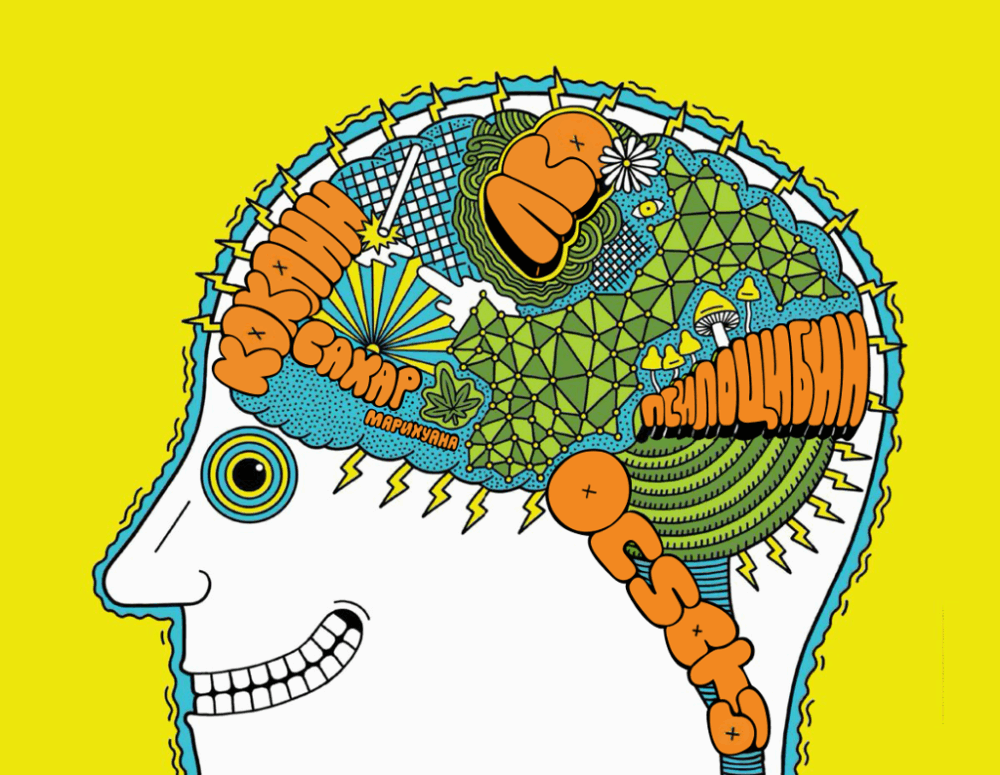How the Brain Describes Our World
Our brain uses surprisingly few features to recognize everything around us: a chair, a dog, a pizza, or a car. According to a recent study, just 49 criteria are enough to classify almost everything.
We live in a world full of objects that we can identify and categorize. These abilities of the brain are remarkable, considering that our constantly changing environment requires us to continually perceive unique sensory information from the things around us and match it with our internal representations of objects, categories, and concepts.
The brain perceives objects, forms categories, structures conceptual knowledge, and predicts the behavior of the external world based on internal experience.
So how do we recognize a pizza, a rocket, or a bird? Why, for example, do most people agree that a dog and a cow are more similar than a dog and a car?
At first glance, it seems simple, since all things have certain specific features: a bird has wings and feathers, a rocket has an elongated shape with fire coming out of its nozzle, and a pizza is flat, round, and topped with ingredients. Dogs and cows are living, warm-blooded, or soft—unlike a car. And so on.
To identify an object, the brain breaks it down into individual features and matches this combination to mental categories.
How the Brain Categorizes Objects
Six of the 49 main characteristics the brain uses to categorize objects include color, shape, size, as well as descriptions like “can move” or “associated with fire.”
But which features does the brain actually determine during this internal analysis? Martin Hebart and his colleagues from the National Institute of Mental Health in Bethesda, USA, explored this in a large-scale thematic study.
They showed nearly 5,500 participants various combinations of three objects and asked them to identify the “odd one out”—the one that was most different from the other two.
“We were able to find out what participants considered especially similar and typical for a certain category,” Hebart explained. By analyzing an average of 1.5 million triple combinations and the participants’ responses, the researchers were able to determine which features people use to classify and group objects.
Individual differences are key to identifying which features matter most. For example, when choosing between a koala, a pretzel, and a rug, one person might call the koala the odd one out because it is an animal, a living thing. Another participant might pick the pretzel, because the rug and the koala are both fluffy. This means the relevant features in this case are “animal” and “fluffy.”
The “Odd One Out” Method
The model in the study reflects the cognitive process behind identifying the most similar pair of objects, which is equivalent to identifying the remaining object as the odd one out. The sets of objects were initially random.
The result: our brain needs only 49 features to recognize and classify almost all objects. “It’s amazing how few features we need to identify everything in our environment,” says Hebart. And to recognize the “odd one out,” just 9 to 15 features are enough, according to the tests.
What Are the 49 Key Features?
Among the 49 relevant features are: round, colorful, large, as well as subcategories including function, group membership (such as organisms), or value. Other descriptions included: the object consists of one large or many small, similar objects—like a plate of spaghetti.
The mathematical model also identified features that reflect the semantic belonging of objects, such as “food,” “animals,” “furniture,” “vehicles,” or “tools.” Additionally, some parameters seem to reflect other conceptual properties, like “metallic” or “hard,” “valuable,” “disgusting,” “associated with heat,” or “associated with water.” Finally, some features appear to reflect perceptual properties, such as roundness, elongation, flatness, color, shine, or patterned texture.
“Essentially, we’ve explained the basic principle of thinking when it comes to identifying objects,” said Hebart. But many new questions have also arisen that can be analyzed using this approach. For example, it’s still unclear whether the important features named are the same for everyone. How are they influenced by gender, age, culture, education, and other sociodemographic factors? And what role does an individual’s familiarity with the object play?
Implications and Future Research
At the same time, the results clarify some neurological phenomena. Until now, it was believed that patients who, due to brain damage, cannot recognize and identify certain animals, are unable to recognize living things at all. But it’s likely that these individuals cannot recognize the feature “fluffy,” which is crucial for animals. This data may help develop new forms of therapy.



